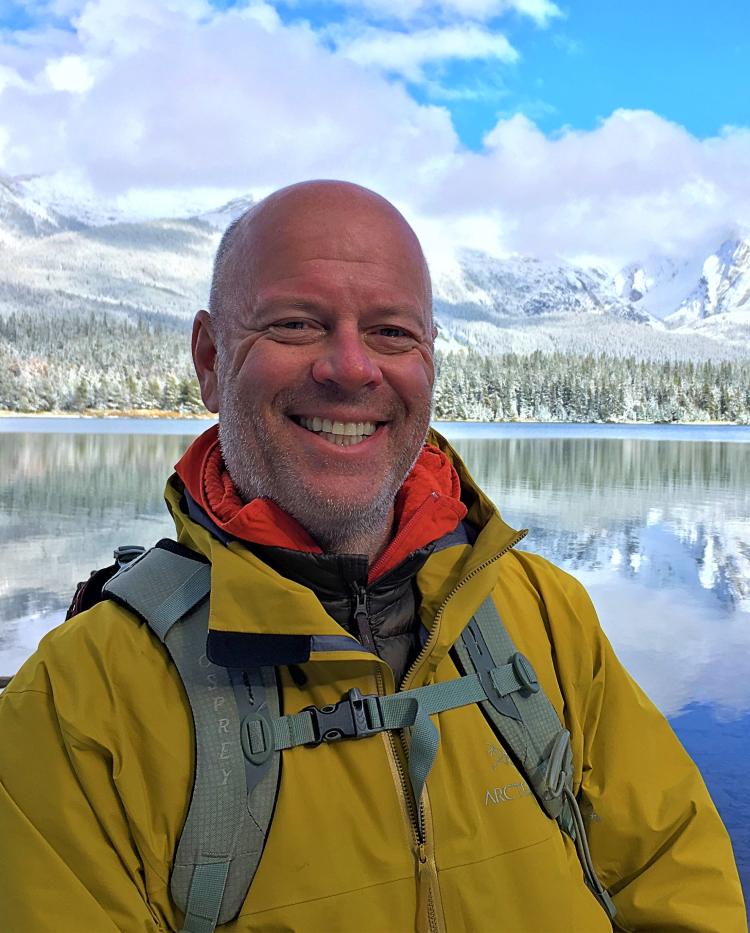Energy Seminar – week 7: Gold (natural) hydrogen: Pipeline or pipedream?
Chris Ballentine will speak in person at the Oxford Martin School. To watch online register below for TEAMS webinar link.
- Start Tuesday 07 Jun 2022 5:00pm
- Finish Tuesday 07 Jun 2022 6:30pm
- Venue Oxford Martin School, Seminar Room 1
- Postcode OX1 3BD
- Download event slides - PDF (6.66 MB)
- Watch seminar recording (external site)

The oldest parts of the continental crust generate between 0.36–2.273×1011 moles H2 per year through water-rock reactions and radiolysis [1]. Over geological timescales, the natural hydrogen generated would supply society’s current oil-equivalent needs with clean energy for well over 100,000 years. Natural (gold) hydrogen is found in many locations globally [1], but until recently has not been the focus of resource exploration. We show how Helium, generated during radiolysis, provides a key reference for understanding:
- Whether the hydrogen generated in the deep crust is preserved [1,2]?
- How and at what rate hydrogen escapes from the continental crust [3,4]?
- Where the migrating crustal hydrogen might be focussed and accessibly trapped (and not consumed chemically or biologically) [3,5].
These provide the key steps in addressing whether, and where, natural (gold) hydrogen might provide a viable and significant clean energy resource.
Speaker: Chris Ballentine gained his PhD in isotope geochemistry at Cambridge and has worked at the University of Michigan, ETH-Zurich and the University of Manchester. He has helds the Statutory Professorship of Geochemistry at the University of Oxford since 2013. He is an American Geophysical Union Fellow (AGU), awarded for advancing the science of Earth’s formation and geochemical evolution, and CIFAR Fellow (Canadian Institute for the Advancement of Science). He holds a prestigious Eni industry award for the application of gas isotopic tracers in developing our understanding of oil and gas systems, carbon dioxide waste storage, groundwater security, and commercial helium accumulation. He has held major research contracts with multinationals such as ExxonMobil, Statoil and Total, as well as the UK, European and US governments. He has served as President of the European Union of Geochemistry and, until recently, was a Board member of the AGU with a membership >60,000. He is discovering new freedoms, having just stepped down after 5 years as Head of the Oxford University Department of Earth Sciences.
[1] B. Sherwood Lollar, T. C. Onstott, G. Lacrampe-Couloume & C. J. Ballentine. Nature (2014) 516, 397-382
[2] O. Warr, B Sherwood Lollar, J. Fellowes, C.N. Sutcliffe, J.M. McDermott, G. Holland*, J.C. Mabry, C.J. Ballentine. Geochimica et Cosmochimica Acta 222 (2018) 340-362
[3] A Cheng, B Sherwood Lollar, O Warr, G Ferguson, E Idiz, SOC Mundle, PH Barry, DJ Byrne, JC Mabry, CJ Ballentine, Earth and Planetary Science Letters 574, 117175
[4] D. Danabalan, J.G. Gluyas, C.G. Macpherson, T.H. Abraham-James, J.J. Bluett, P.H. Barry, & C.J. Ballentine. The Principles of Helium Exploration. Petroleum Geoscience (2021) in Press
Future events
Associated people


